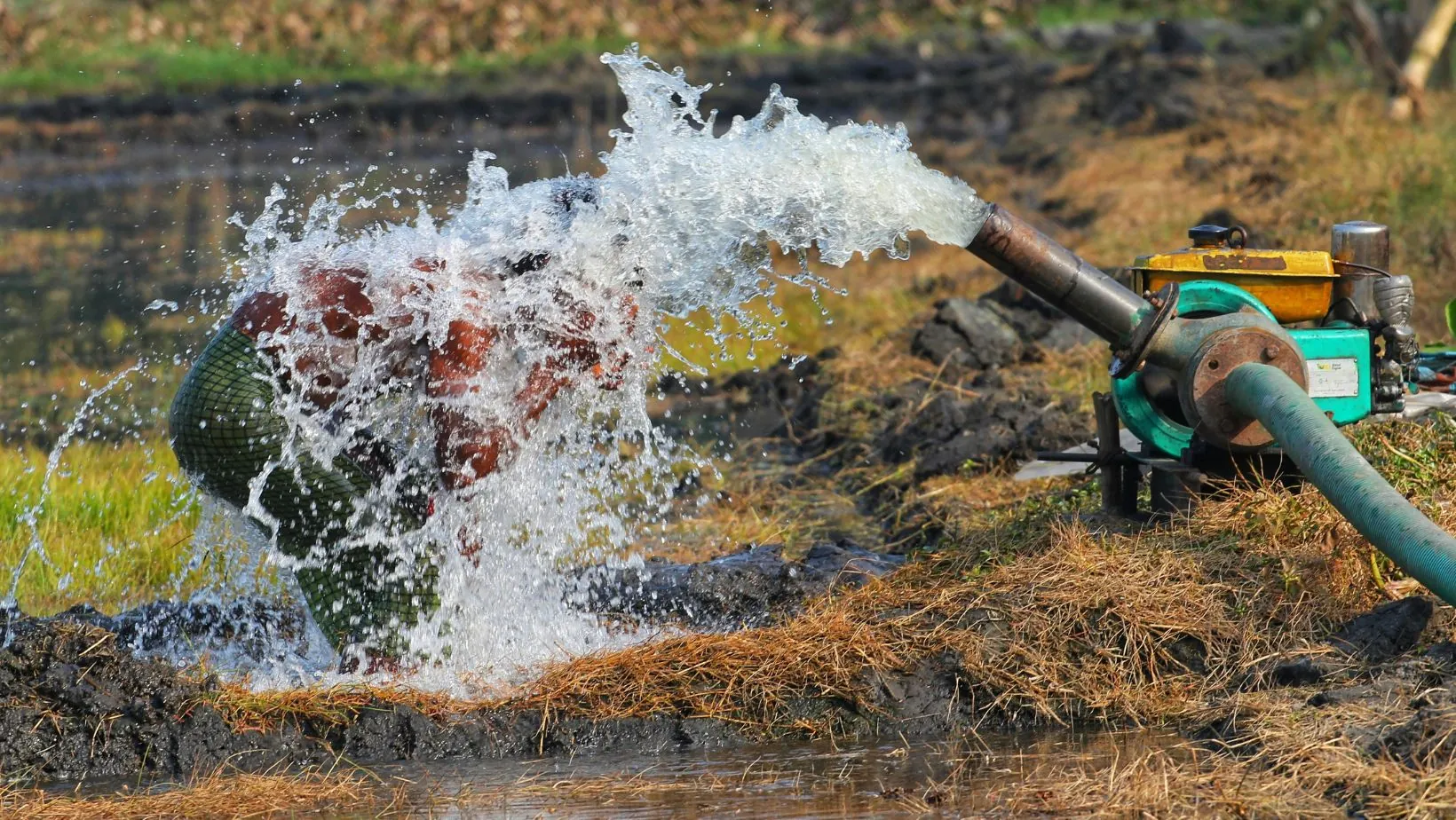Choosing the right water transfer pump is essential for efficient farming and irrigation, saving both time and resources. The best water transfer pumps for farming and irrigation are those that match the farm’s water needs, are energy efficient, and are built to withstand tough agricultural conditions. Options like submersible, petrol, and electric water transfer pumps in Australia are widely used for various applications, including transferring water from wells, rivers, or storage tanks directly to crops.
High-quality water transfer pumps can greatly impact the effectiveness of irrigation systems and overall farm productivity. Modern farmers often look for pumps with strong performance, easy maintenance, and strength to make sure they can handle the demands of various water transfer tasks. By investing in reliable equipment, they can minimize downtime and keep their irrigation systems running smoothly. For example, electric water transfer pumps in Australia or another country are especially favored for their efficiency and cost-effectiveness, making them an excellent choice for farms looking to improve water management. Ultimately, selecting the right pump plays a critical role in maximizing crop yield and optimizing farm operations.
Key Takeaways
- Efficient water transfer pumps are important for farm productivity.
- The right pump depends on water needs and energy efficiency.
- Quality pumps enhance irrigation and resource management.
Choosing the Greatest Water Transfer Pumps for Farming and Irrigation
Selection of the right water transfer pump for farming and irrigation involves careful consideration of pump types, performance features, suitability for specific water sources, and regular maintenance practices. Each factor plays a major role in ensuring reliable water movement for crops and agricultural operations.
Understanding Water Transfer Pump Types
The main pump types used in agriculture include centrifugal pumps, submersible pumps, diaphragm pumps, and booster pumps. Centrifugal pumps are common for irrigation because they efficiently move water over large distances, especially when electric power is available. Submersible pumps work well for deep wells and groundwater extraction by operating below the water surface, reducing the risk of losing prime.
Diaphragm pumps are suitable for transferring dirty or debris-laden water, making them useful in dewatering or where particulate matter is common. For situations needing mobility, a portable water transfer pump or a diesel-powered pump can provide flexibility for farm tasks in different locations. Understanding where and how each pump type operates best is important in making the right choice for agricultural use.
Key Features to Consider
Important features include flow rate (measured in gallons per minute, or GPM), pressure (measured in PSI), and total dynamic head, which is the maximum height water can be lifted. Adequate flow and pressure are needed for efficient irrigation and dewatering tasks. Users should examine the pump’s material and build quality for reliability and longevity, prioritizing corrosion-resistant models for areas with hard or saline water.
Energy source—whether diesel, electric, or gasoline—affects operational cost and portability. Pump size, compatibility with existing agricultural equipment, and ease of maintenance further influence suitability. Warranty length and service availability help ensure ongoing support and faster recovery from breakdowns.
Matching Pumps to Water Sources and Applications
The water source is a critical factor when selecting between pump types. For surface water, such as rivers or lakes, centrifugal and booster pumps are generally preferred for their ability to handle high flow rates and lower suction heads. For groundwater extraction from deep or shallow wells, submersible or irrigation well pumps are specifically created to lift water vertically with constant pressure.
Applications also vary: irrigation systems usually require continuous, steady flow, while tasks such as dewatering or tank filling may benefit from high-capacity portable pumps. Matching the pump to the exact application—whether it is for fixed irrigation, aquariums, gardening, or broad-acre farming—optimizes efficiency and reduces operating costs.
Essential Maintenance and Longevity Tips
Routine inspection and periodic servicing are essential to maximize the lifespan of water transfer pumps. Key maintenance steps include checking for leaks, cleaning or replacing filters, and ensuring there is no debris blocking the intake or impeller. Lubricating moving parts and tightening fasteners prevent wear and mechanical failure.
Storing pumps in a dry, sheltered space when not in use and draining water from the system before winter helps avoid corrosion and freeze damage. Using clean water for flushing after use in muddy or contaminated conditions reduces buildup and performance loss. A well-maintained pump will deliver reliable water transfer and irrigation performance season after season, reducing repair costs and downtime for farming operations.
Benefits of Efficient Water Transfer Pumps in Agriculture
Efficient water transfer pumps significantly improve the reliability of irrigation and the effective management of water resources on farms. Their use leads to better crop yields, cost savings, and the ability to adapt to changing weather and water availability.
Impact on Irrigation Systems and Crop Health
A reliable pump maintains consistent water pressure in agricultural irrigation systems, ensuring water reaches all areas of the field without interruption. This uniform distribution is important for even soil moisture, reducing the risk of dry spots that can stunt plant growth. Healthy irrigation protects crops from water stress, which directly affects yield and quality. Efficient pumps allow for precise scheduling and control, which makes it easier to meet the specific water needs of different crops throughout the growing season.
Modern pumps also support various irrigation methods, from drip lines to sprinklers, adapting to the farm’s layout and crop type. This versatility helps optimize water usage and minimizes waste. An efficient pump system can also reduce wear on components, leading to lower downtime and maintenance costs, which is critical during peak irrigation periods.
Conclusion
Selecting the best water transfer pump depends on specific farm and irrigation needs. Farmers should consider factors such as flow rate, pressure, power source, and pump type. Centrifugal pumps are well-suited for large-scale irrigation due to high flow rates, while submersible and electric pumps work well for smaller-scale or well applications. Solar pumps provide an eco-friendly option for sustainable operations.




